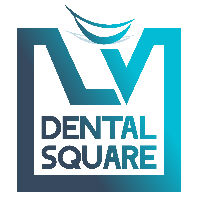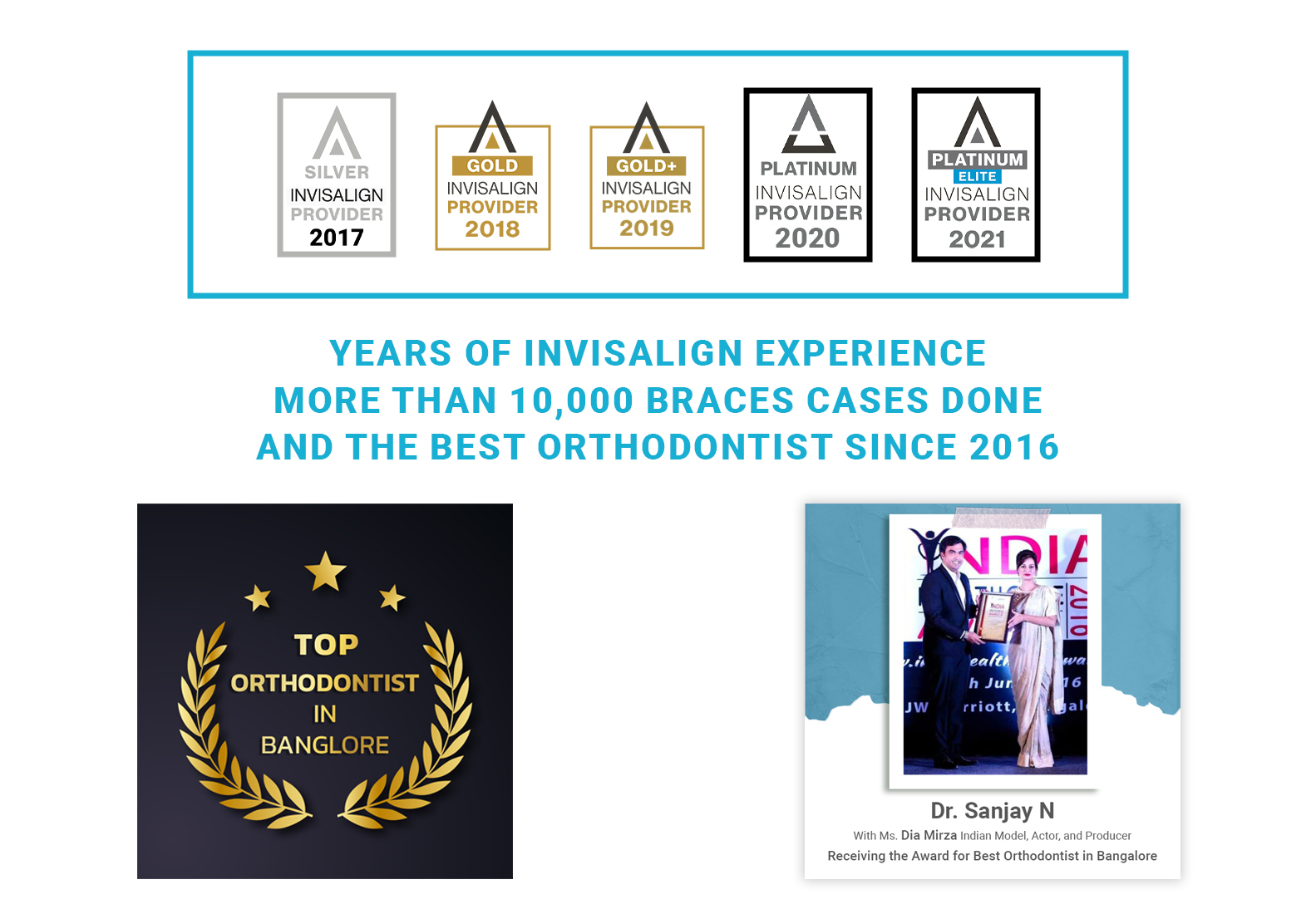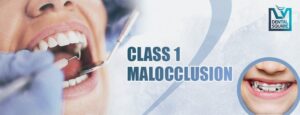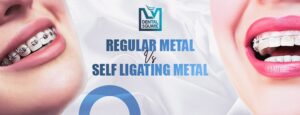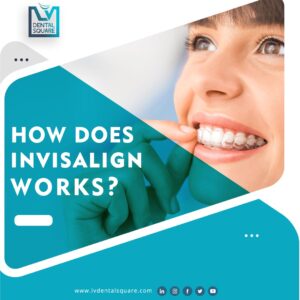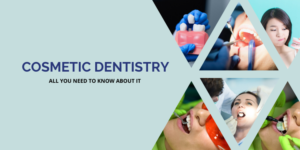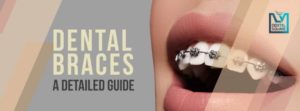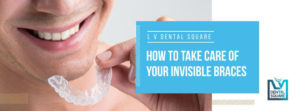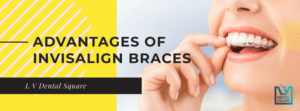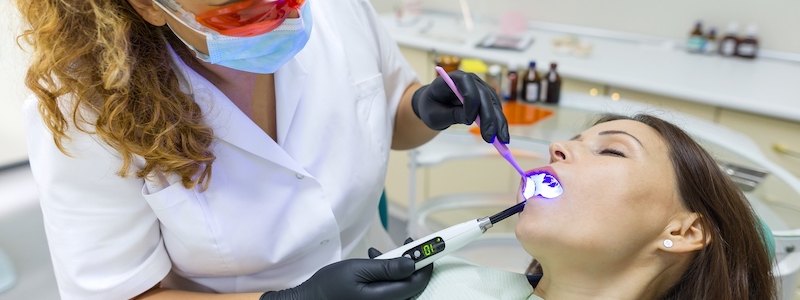
What is Sedation Dentistry?
If the thought of visiting your dentist gives you chills, an anaesthetic may be the solution. This is the practice of using pharmacological agents to soothe and relax a patient before and during a dental procedure. We come across a lot of patients who before undergoing a dental procedure start having panic attacks or higher levels of anxiety. This is where sedation dentistry comes into the picture by alleviating their pain and fear and also provides the patients with a calming effect prior to and also during the dental procedure.
These pharmacological agents used are usually sedatives that depress the central nervous system, especially the areas that are concerned with conscious awareness.
There are various levels of sedation:
- Minimal sedation: Under this sedation, you will be awake but relaxed.
- Moderate sedation: Under this sedation, you will be slightly conscious but not remembering the procedure excatly.
- Deep sedation: Under this sedation, you will be unconscious but can still be awakened.
- General anesthesia: Under this sedation, you are completely unconscious.
Benefits of sedation dentistry
The different benefits of using Sedation Dentistry are:
- Increased comfortability of the patient
- Control of movement of the patient
- Better co-operation from the patient
- Better control of gag reflexes
Types of Dental Sedation techniques
The different types of sedation available for dental procedures are:
- Laughing Gas: Laughing gas is the most common type of sedation used by dental clinics. The chemical used is nitrous oxide and it is also called inhalation analgesia since it helps in alleviating pain and is administered as a gas for inhalation. This gas does not put the patient to sleep. It is also effective in reducing the patient’s anxiety for the dental procedure.
- Enteral Sedation: This sedative is usually taken orally as a pill or a liquid. It is usually taken in combination with nitrous oxide. It allows for reduced anxiety during dental the dental procedure.
- IV Sedation: Intravaneous or IV sedation is another method for sedation where the sedative is injected directly into a vein. This allows for better sedation even though the patient will be awake but less aware of the dental procedure that is being performed.
- General Anaesthesia: This is the sedation method where the patient will be asleep for the whole dental procedure. The sedative is injected directly into one of the veins and in some cases; along with this, a gaseous anaesthetic is also administered.
How Safe Is Sedation Dentistry?
When given by experienced dentists, it is always safe. However, certain people, such as those who have obstructive sleep apnea or are obese should talk to their doctor before taking the sedation. That’s because they are more likely to develop complications from the anesthesia.
We are a professional team of dentists and have extensive experience in all dental procedure. Know more about our team of doctors.
